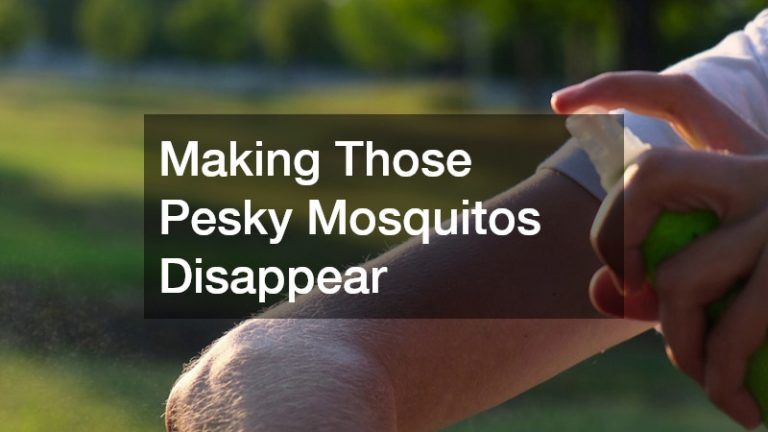
For commercial and private landscaping alike, tending to plants, from grass to shrubs and flowerbeds is a key aspect of landscaping work, and keeping these plants healthy and well involves having the right garden hose. Commercial garden hoses are widely available for purchase for private and public consumers, and these commercial garden hoses may vary in length or material for different work, which includes not only watering plants but also washing cars and other items, or plugging into sprinklers or large water toys such as slip and slide products. Commercial water hoses can get the job done as long as they are in good condition and are used for the right purpose.
Often, a garden hose can be as short as 25 feet or as long as 100, and these hoses have plenty of customers out there. With green landscaping work, a soaker hose no longer than 100 feet long will be needed, and if a hose has a nozzle or a sprinkler attached to it, then a hose with burst pressure above 350 psi is best. Often, using a sprinkler system optimally means an hour to an hour and a half of work, and once inch per watering session is usually best. By the spring of 2014, the total number of people who did gardening work in the last 12 months had reached 113.5 million across the entire United States, and with different gardening needs, different commercial garden hoses are needed. Which are the best to buy?
According to Plant Care Today, regular garden hoses are typically made up of both vinyl and rubber, where vinyl hoses have a “ply”, and the higher the ply number, the thicker and more durable the hose is. A four-ply hose is inexpensive but may tangle or twist or get kinks, while a higher ply hose will last longer and with less hassle. Rubber hoses, meanwhile, are tough and can endure rigorous use and variable temperatures, and they might never kink at all.
At each end, commercial garden hoses have brass or stainless steel ends to connect to water sources and attachments such as nozzles, and these metal ends are very durable, and while plastic ends are less durable, they are easier to use for people with less body strength. And for length, a hose should not be too long or too short. If it is too short, the user may not be able to reach all areas that they need to, and if they connect two hoses together, leaks could occur. If the hose is too long, it will be extra difficult to move around while filled with water, and storing it will take up a lot of space. However, flatter hoses are also an option, which are somewhat easier to store.
Some hoses may have special features or properties to them based on their use. For example, some hoses may be resistant to mildew or other molds, and others are extra tough for handling high water pressure, or are able to withstand high temperatures if the water inside them is very hot, and/or if the hoses will be used in high temperature areas. And auxiliary accessories are available as well, such as Y-shaped connectors so one hose branches into two, and a house can have a spool-like device installed on the wall where the hose can be rolled up conveniently. When the hose is needed, the owner can simply pull on it and the spool will rotate and allow the hose to easily come off.


